Impact of Motivation and Team Development on Organizational Success
VerifiedAdded on 2023/06/14
|11
|746
|73
Report
AI Summary
This report examines the critical roles of motivation and team development within organizations, emphasizing their impact on overall success. It begins by defining 'people in organizations' and highlighting the significance of motivation in achieving organizational objectives. The report delves into Maslow's hierarchy of needs as a key motivation theory, illustrating how understanding and addressing employees' needs can enhance productivity, using FitFlop as a case study. Furthermore, it discusses strategies employed by companies, like FitFlop, to motivate their workforce, including compensation packages and fostering a positive work environment. The importance of effective teamwork is underscored, outlining essential qualities such as communication and commitment. The report also explores Tuckman's team development theory, detailing the stages of team formation from forming to adjourning. Ultimately, the report concludes that effective management and motivation are vital for organizational growth, aiding in productivity improvement and building a healthy work environment. The document references academic sources to support its analysis.
1 out of 11
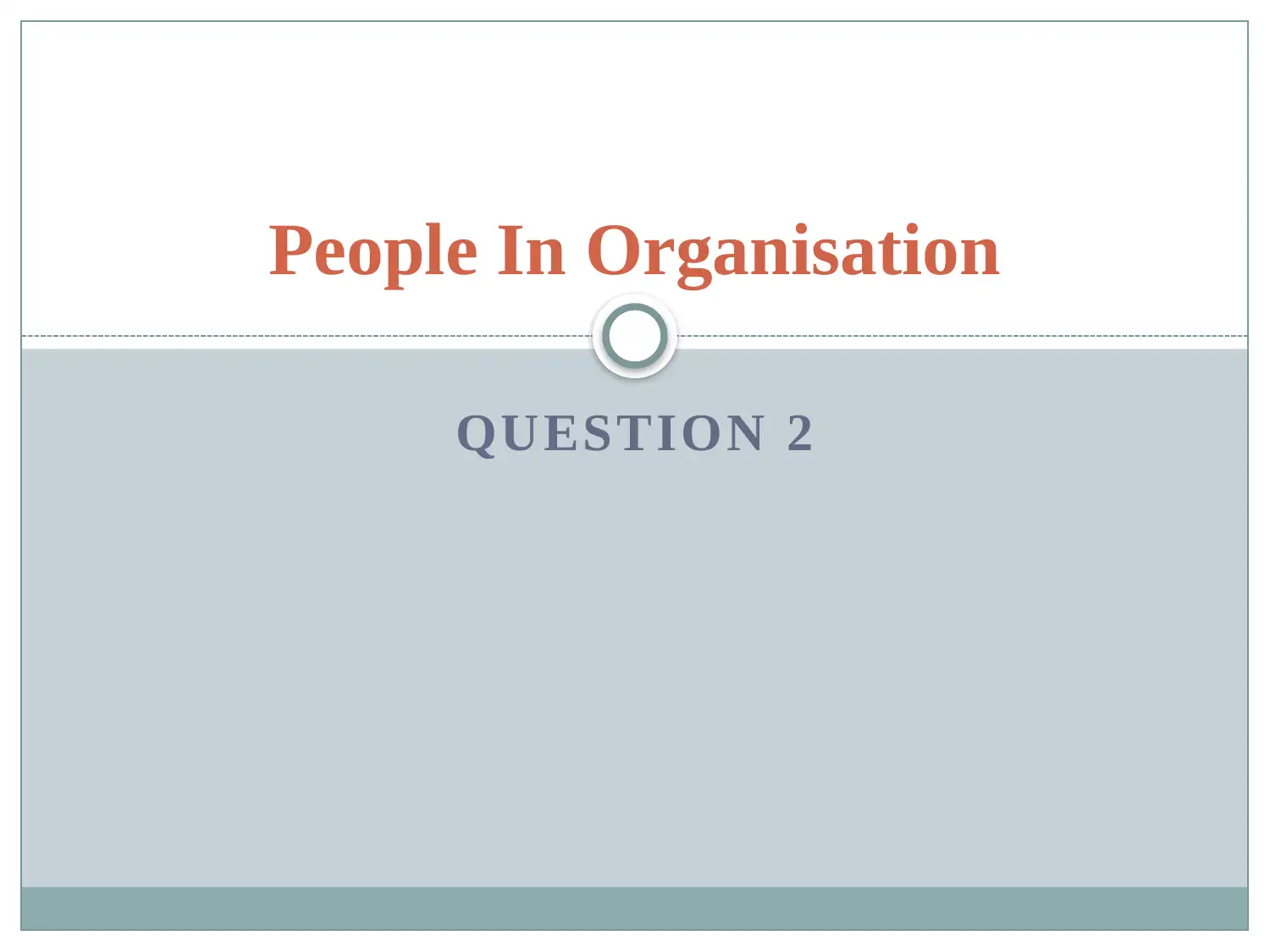
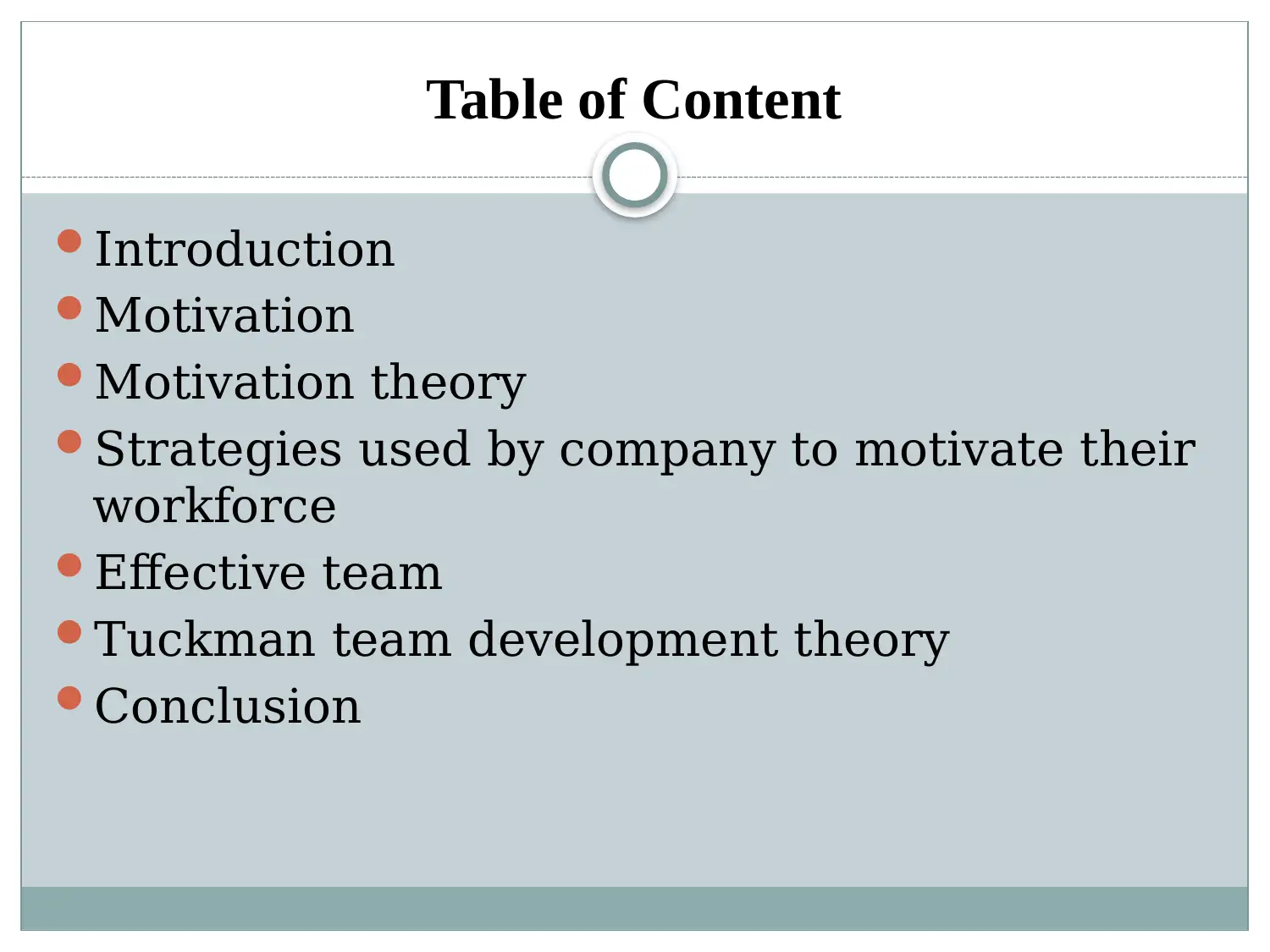
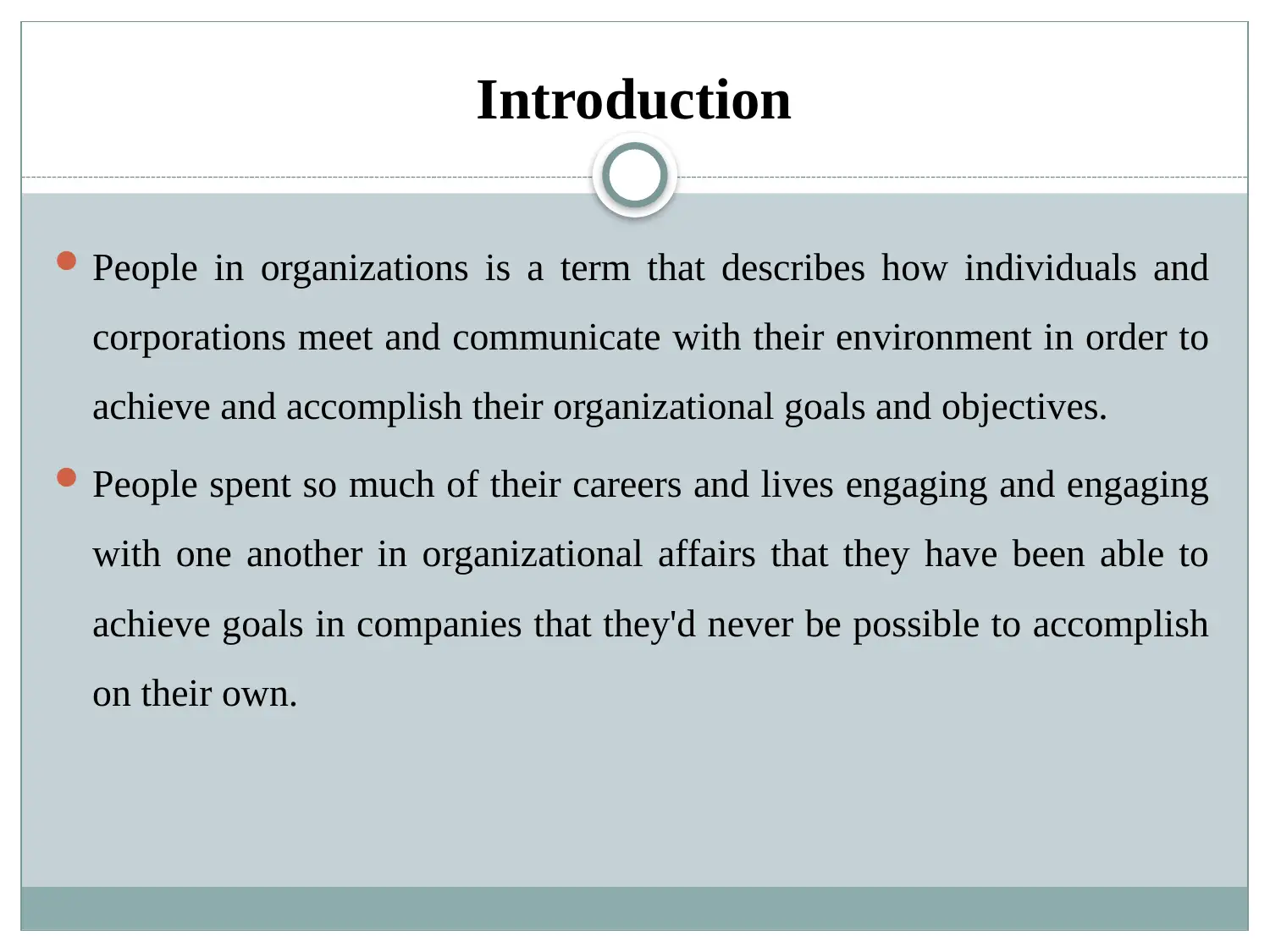

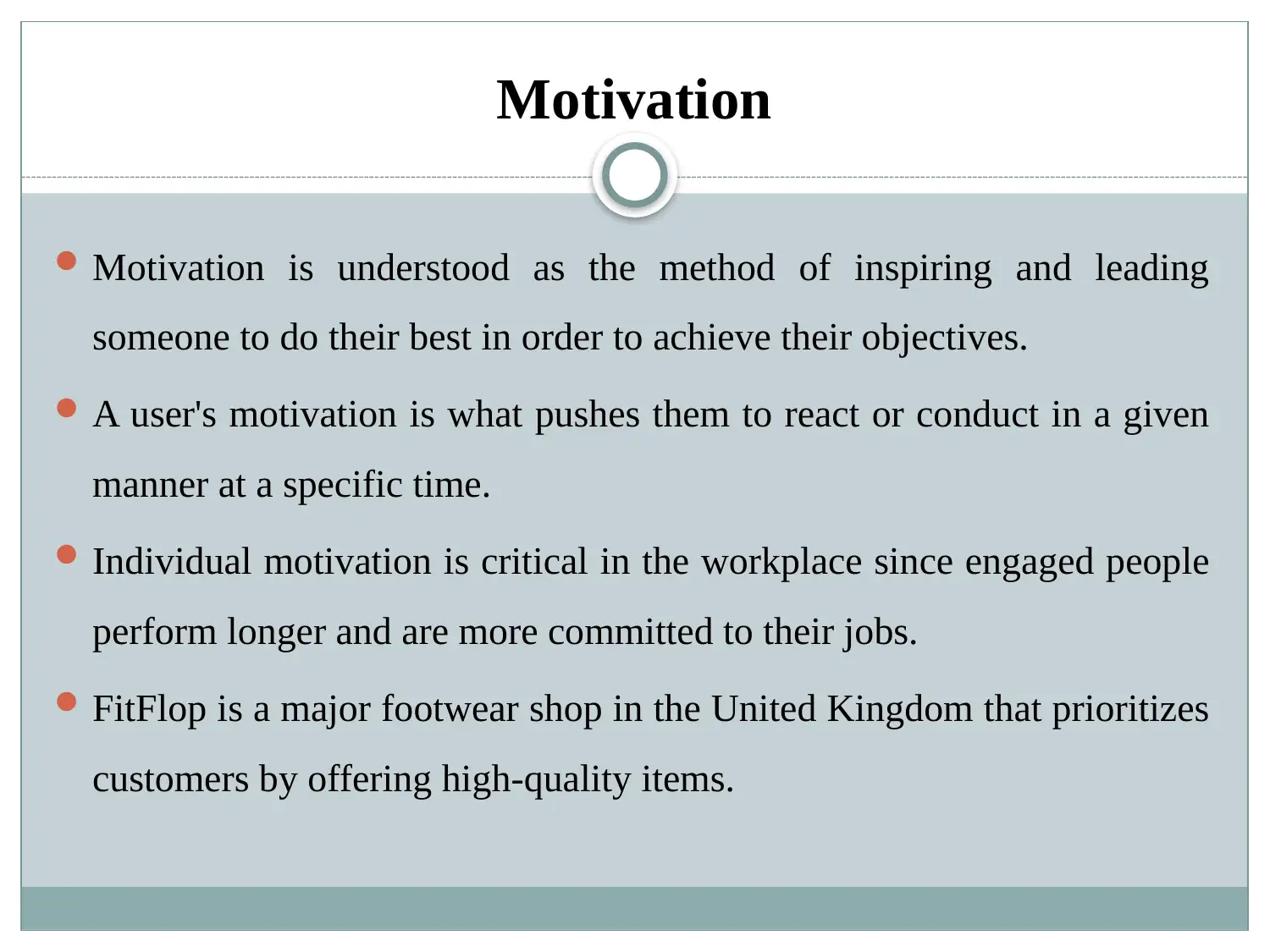
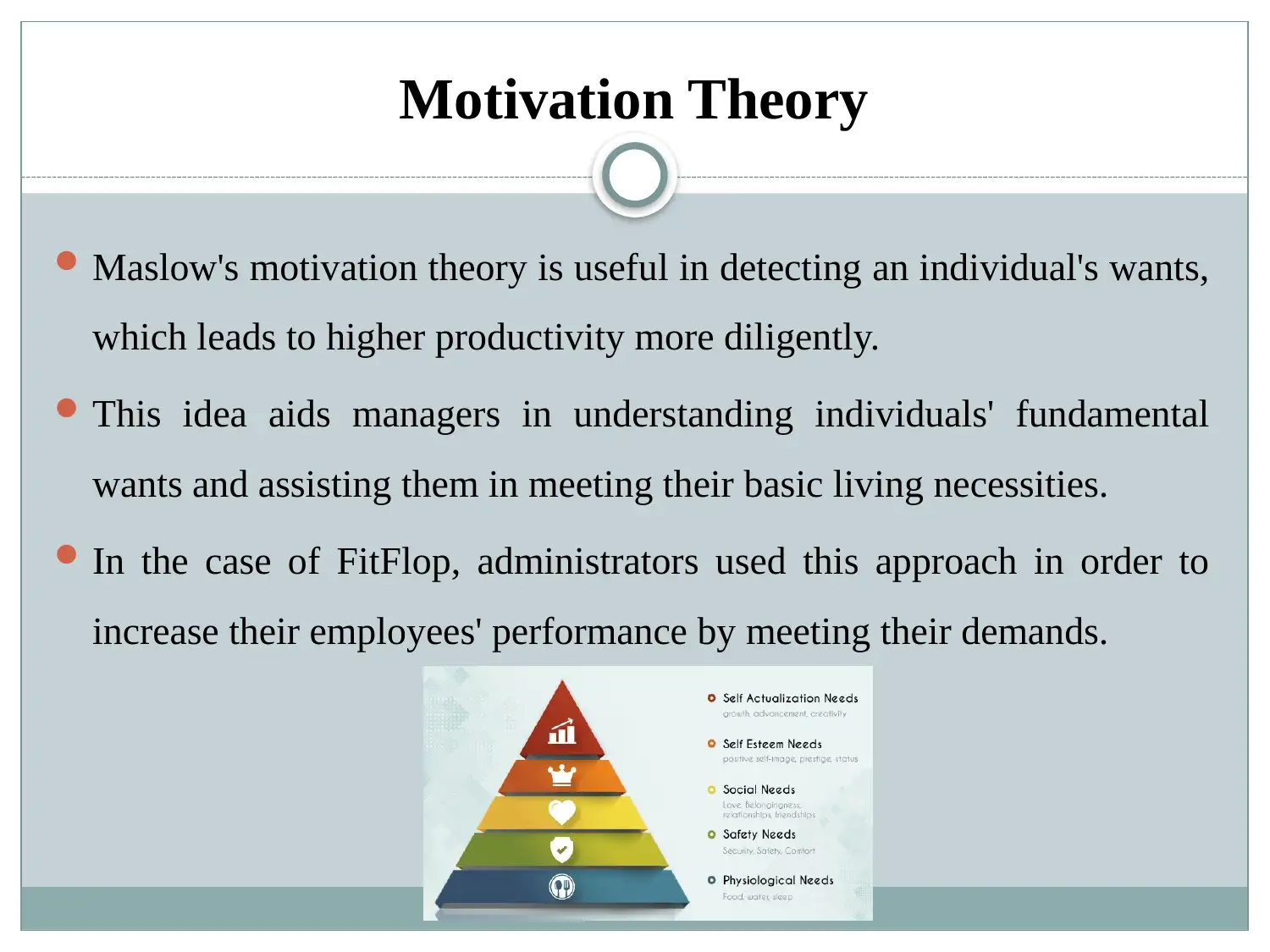
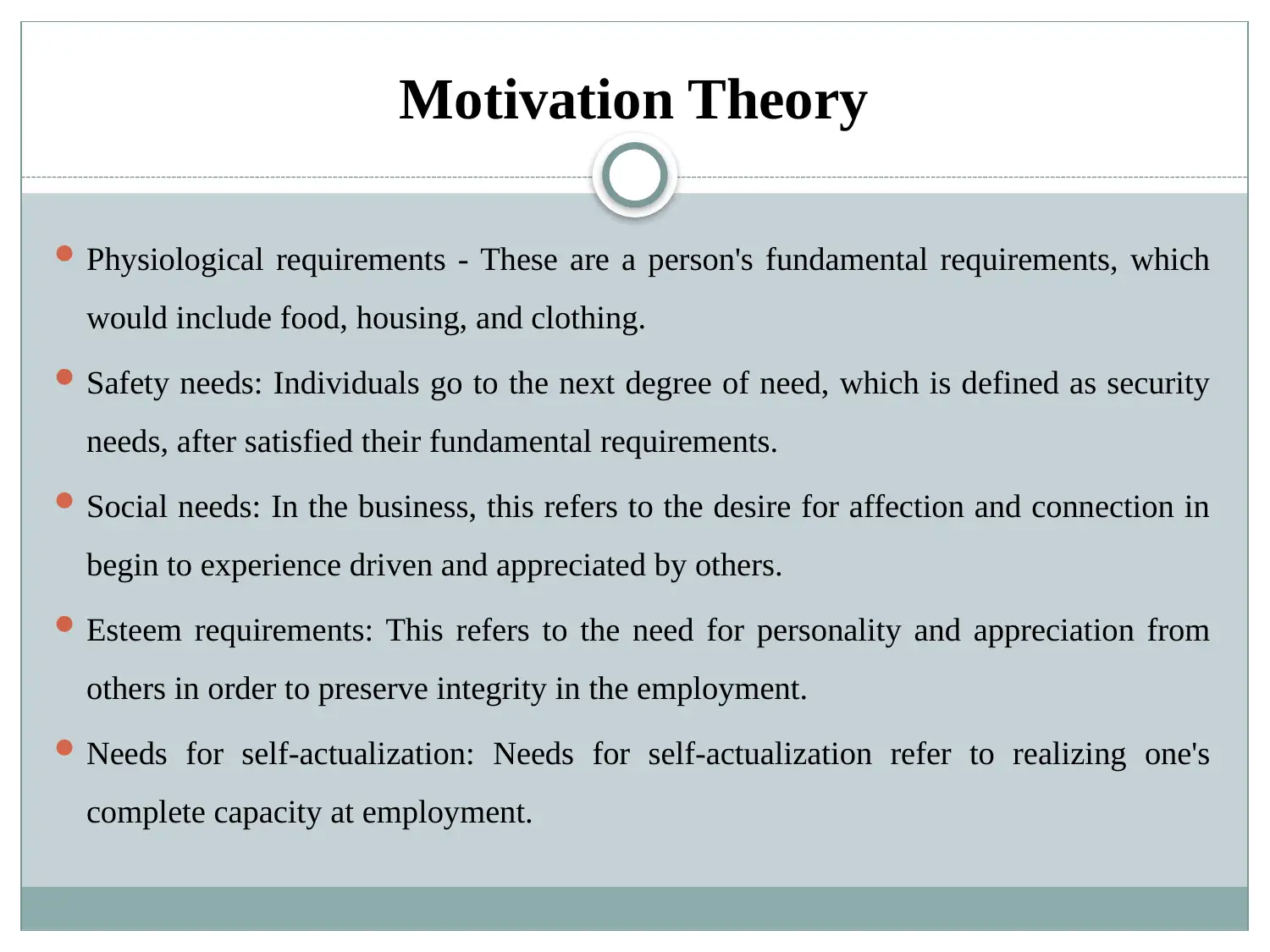
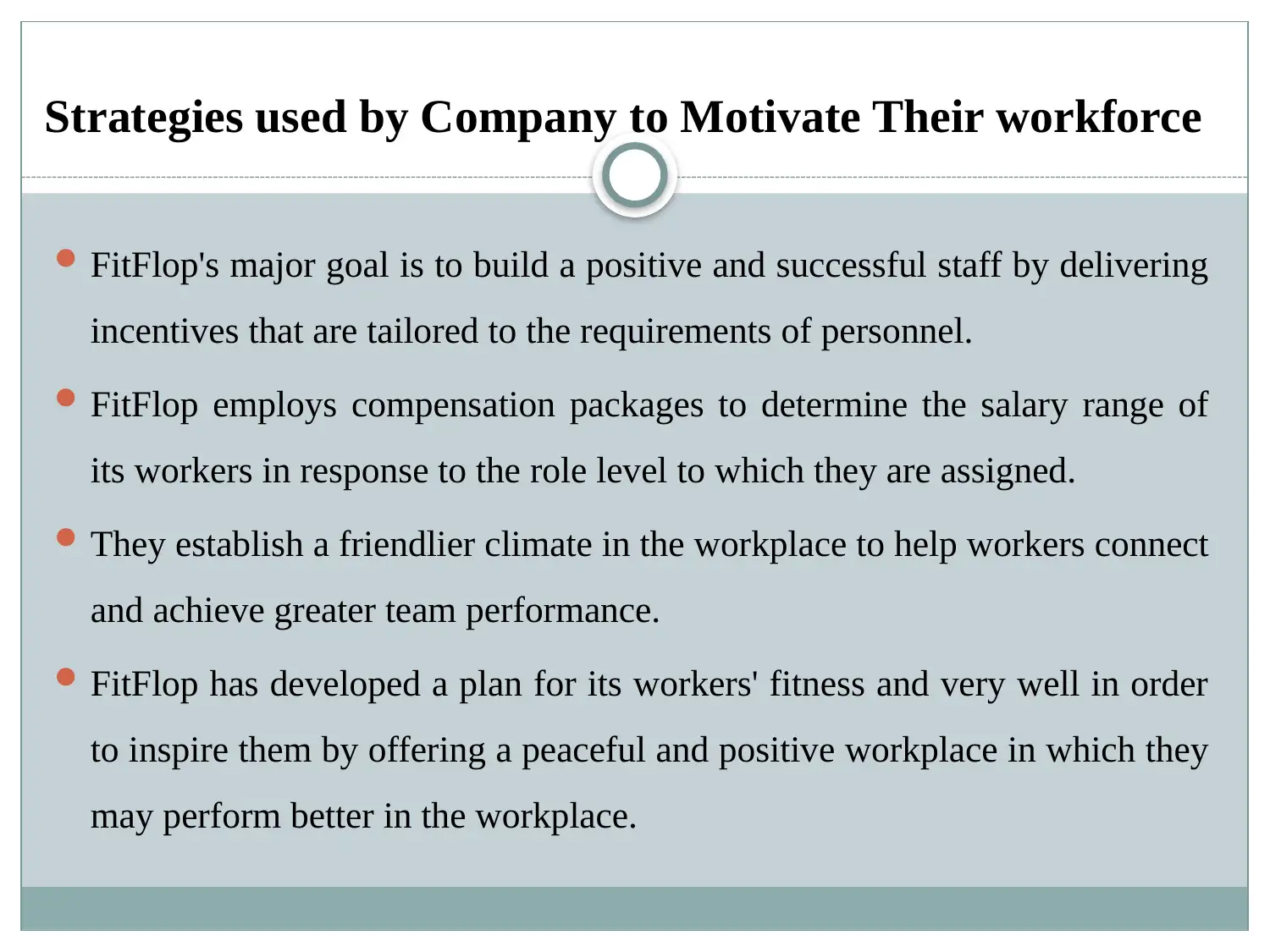
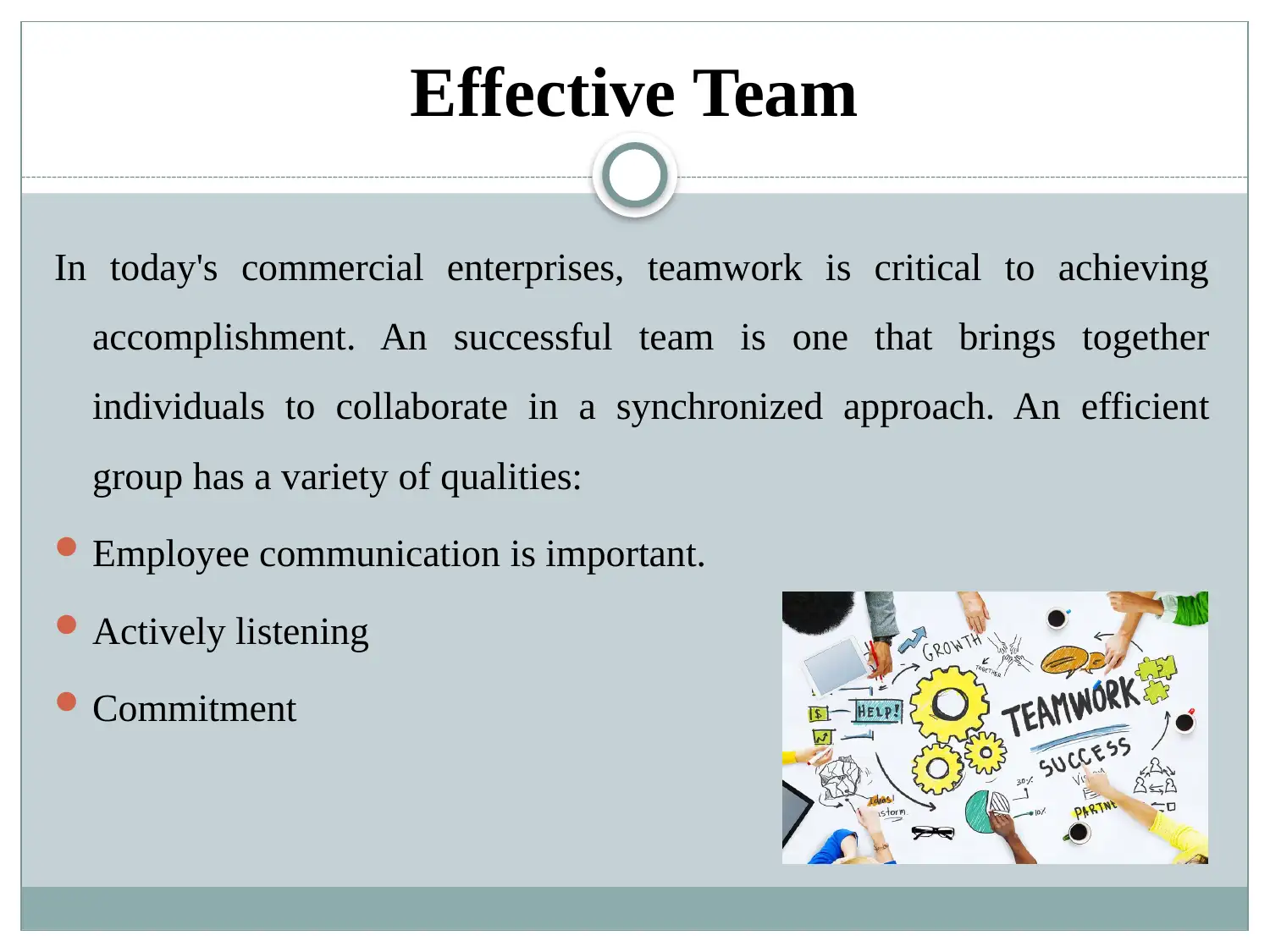
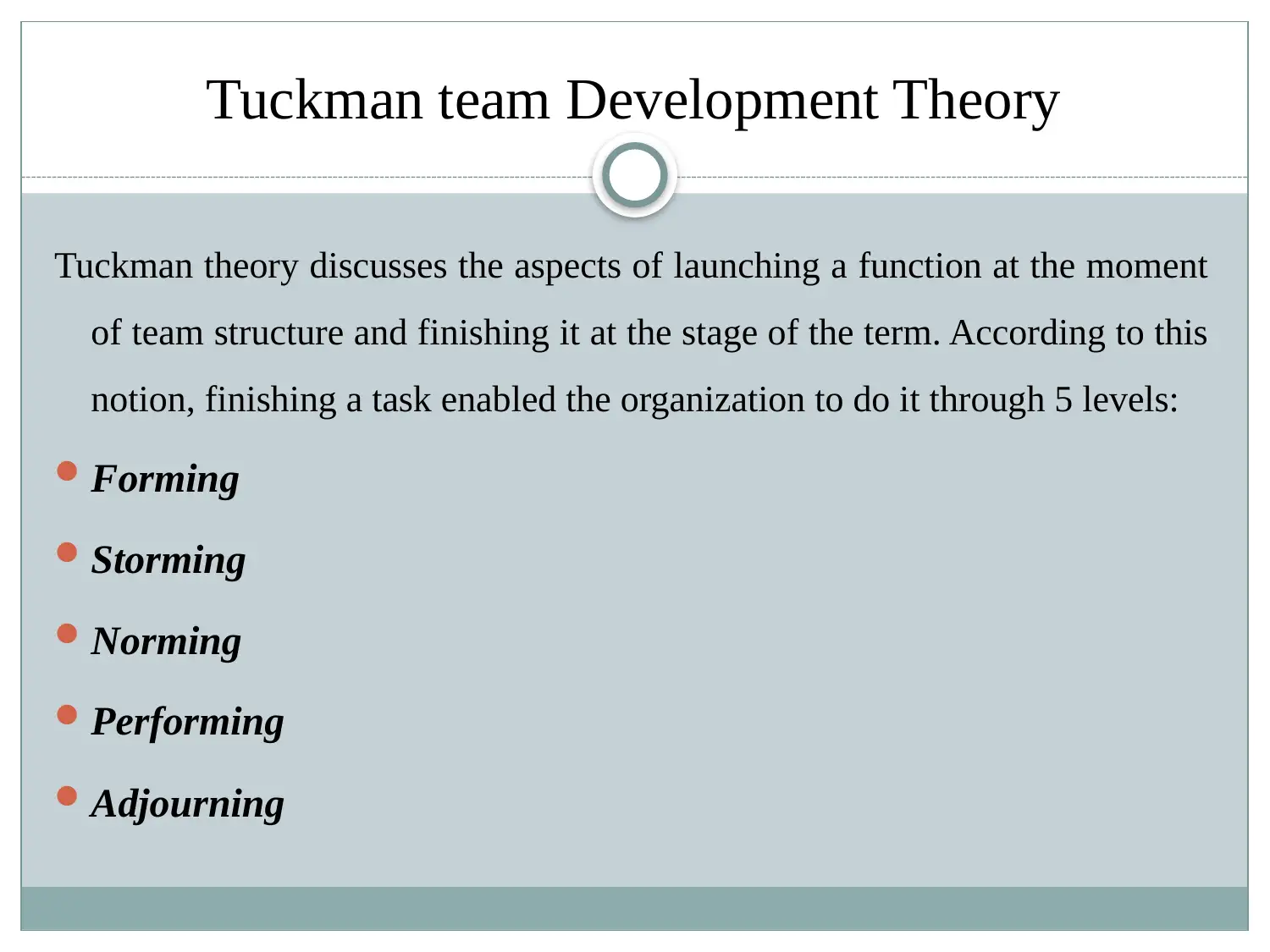
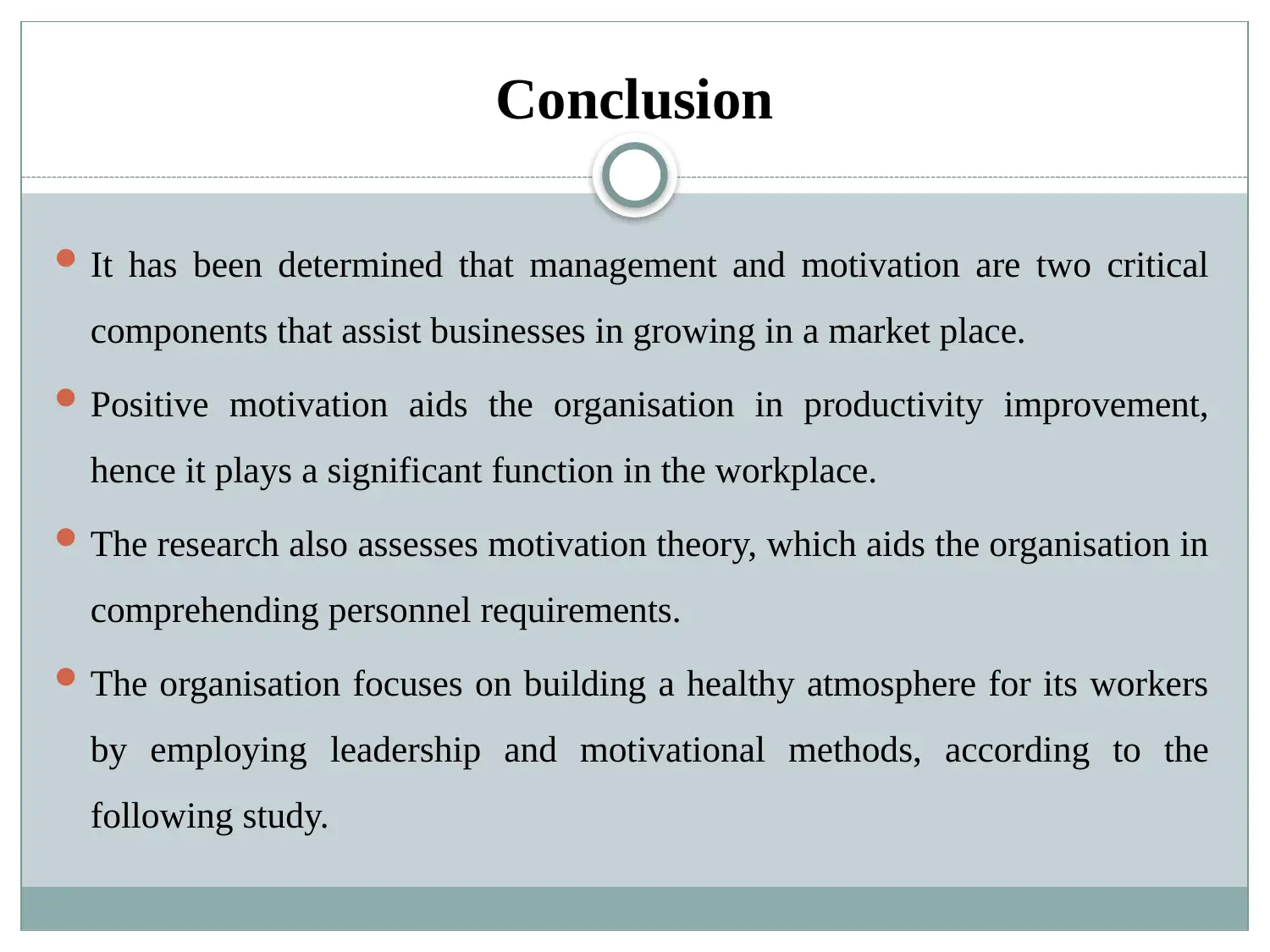
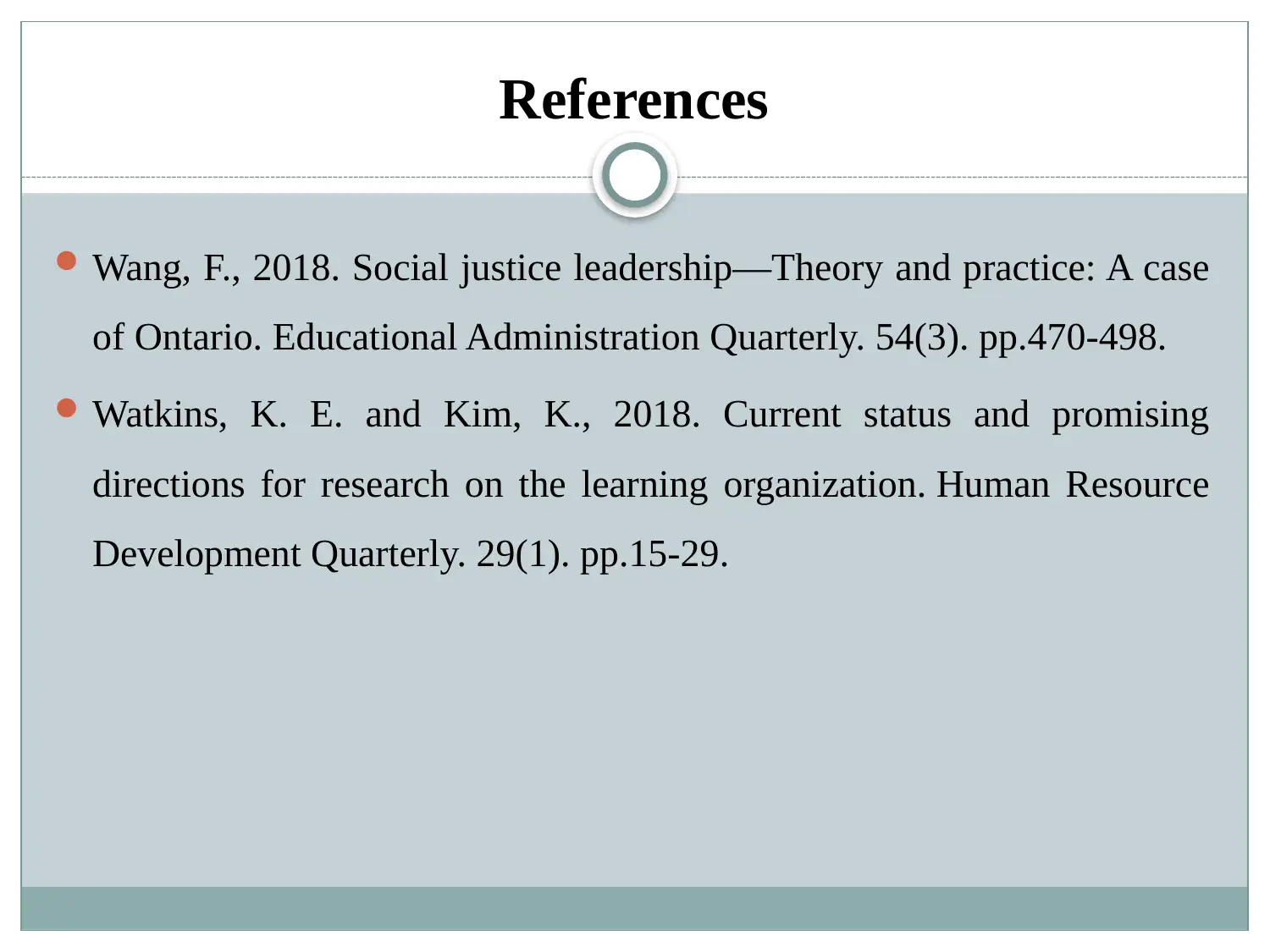






![[object Object]](/_next/static/media/star-bottom.7253800d.svg)